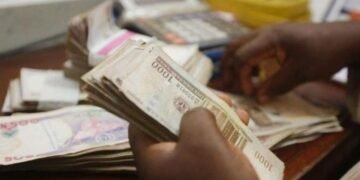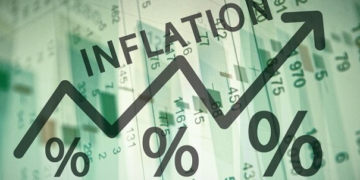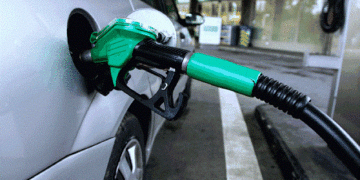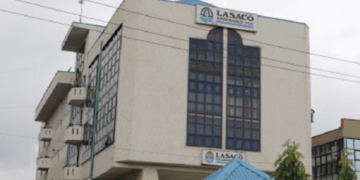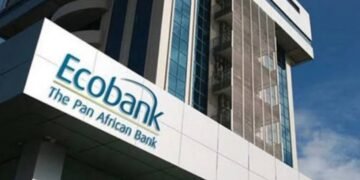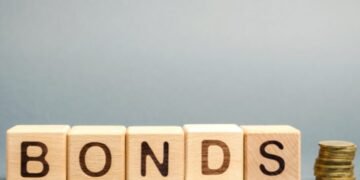(Greenwich Merchant Bank): The National Bureau of Statistics (NBS) published Nigeria’s Q2:2020 GDP Numbers based on the Expenditure and Income approaches. The report confirmed significant contractions across three out of the four components in H1:2020, as risks emanating from the COVID-19 pandemic and containment measures crystalized.
Earlier in the year, using the Output approach, the NBS estimated the Country’s real GDP growth at negative 2.2% YoY in H1:2020 (+1.9% YoY in Q1:2020 and -6.1% YoY in Q2:2020), compared with +2.1% YoY in H1:2019.
Diving in, Household consumption shriveled by 4.0% YoY on a real basis and 0.1% YoY in Q1 and Q2:2020 respectively, from -2.7% and +0.8% YoY in the corresponding quarters of 2019. The decline was against the backdrop of high job losses (unemployment rate of 27.1% in Q2:2020) as well as broad declines in income levels during the swell of the COVID-19 pandemic (compensation of employees fell 6.5% YoY in Q2:2020).
Read also: Global Economy: OECD Revises Global Outlook as COVID-19 Vaccine Raises Expectations
On the other hand, Government’s spending skyrocketed +152.1% YoY in Q2:2020 from +0.1% YoY in Q2:2019, reflecting the cash transfer programs undertaken by the Government to support households and firms, and the big-spending to curb the spread of the disease.
Notably, there was an initial slowdown (-16.3% QoQ) in Government Spending in Q1:2020 relative to +15.9% QoQ (Q1:2019), on the heels of shocks to government revenues. In Q2:2020, Government’s expenditure rose +122.2% QoQ.
For Gross Fixed Capital Formation (GFCF), growth pegged at 3.6% and -26.1% YoY apiece in Q1 and Q2:2020 from 13.7% and 13.3% YoY in Q1 and Q2:2019. Understandably, economic activities virtually ground to a halt in Q2:2020 and forced firms to shelve expansion plans.
In the foreign sector, the Net Exports (Exports less Imports) quickened by 18.2% YoY in Q1:2020 from 7.08% YoY in Q1:2019 but plunged 61.1% YoY in Q2:2020 compared to the flattish YoY growth in Q2:2019.
Since Household spending remained the biggest component of the Nigerian GDP at 63.0% in Q2:2020, compared to Government Spending (15.0%), GFCF (14.0%), and Net Export (7.0%), it can be determined that the economy will trend in line with the strength of household spending even though in Q2:2020, a smaller foreign sector negatively impacted growth as well.
For evidence, government spending surged +122.1% QoQ in Q2:2020 reducing the impact of COVID-19 on households, triggering a +10.7% QoQ growth in Household expenditure in Q2:2020 (from -23.4% QoQ in Q1:2020). We expect the full multiplier effect of the increased public expenditure to be realized in subsequent quarters.
Read: Oil price moves towards $50 per barrel after OPEC+ agreement
To our mind, therefore, policies to lift Nigeria out of recession and prevent a repeat of the post-2016 recession fragile growth will hinge substantially on interventions focused on boosting the spending capacity of Households.
Already, the Government has introduced measures including, but not limited to the NGN2.3trn COVID-19 stimulus program to reflate the economy and expansion of the social register from 2.6mn to 3.6mn households, with direct cash transfers as part of plans to lessen the pandemic-induced hardships. Likewise, the disbursement of NGN3.5trn from the CBN’s interventions has been a boost for the overall economy.
Importantly, investment in infrastructure is critical to providing the much-needed growth impetus, even as social intervention schemes are redesigned within frameworks that guarantee successful deployment. Looking forward, we anticipate better albeit negative growth in Q4:2020 (from –3.62% YoY in Q3:2020) and think that the economy would remain tepid until Q1:2021.










